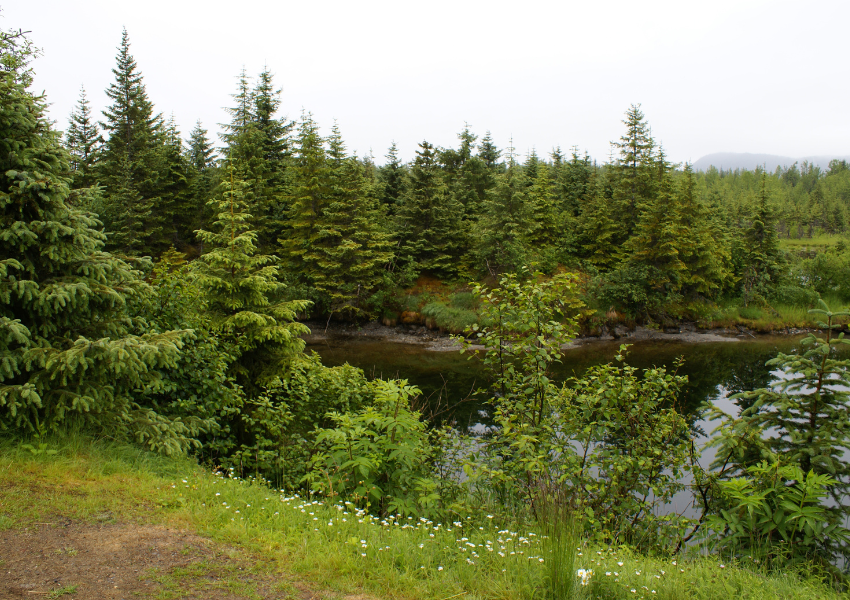
Terrapin crossing sign and cutouts for turtles to safely cross under road in St. Simon’s, Georgia, where female turtles make the treacherous journey to higher ground to lay their eggs.
Photo credit: Bubba73 (Jud McCranie) [CC BY-SA 4.0], via Wikimedia Commons
cWildlife crossing effectiveness is proven—here’s how animals learn to use them
Once you start talking wildlife bridges with people who aren’t familiar with them, you often hear in jest, “Oh right, so the animals can read signs and understand where they’re supposed to cross now?!”

Oregon mule deer caught on to using wildlife underpass right away
Wildlife bridges work—but it can take time
Which animals prefer which types of wildlife crossings

Keep in touch!
Stay tuned for occasional updates on wildlife challenges and progress in the United States.
Related Content
Roadkill is a horrific yet common problem that affects many different species of animals, but some animals are more susceptible to being …
Roadkill is a common and tragic problem that affects both wildlife and humans. It occurs when animals are hit and killed by …
Protecting wildlife habitat is essential for the preservation of biodiversity and the health of our planet. Habitat destruction is a major threat …
If you’re a nature lover, you may want to help wildlife in your garden. There are many ways you can do this, …




